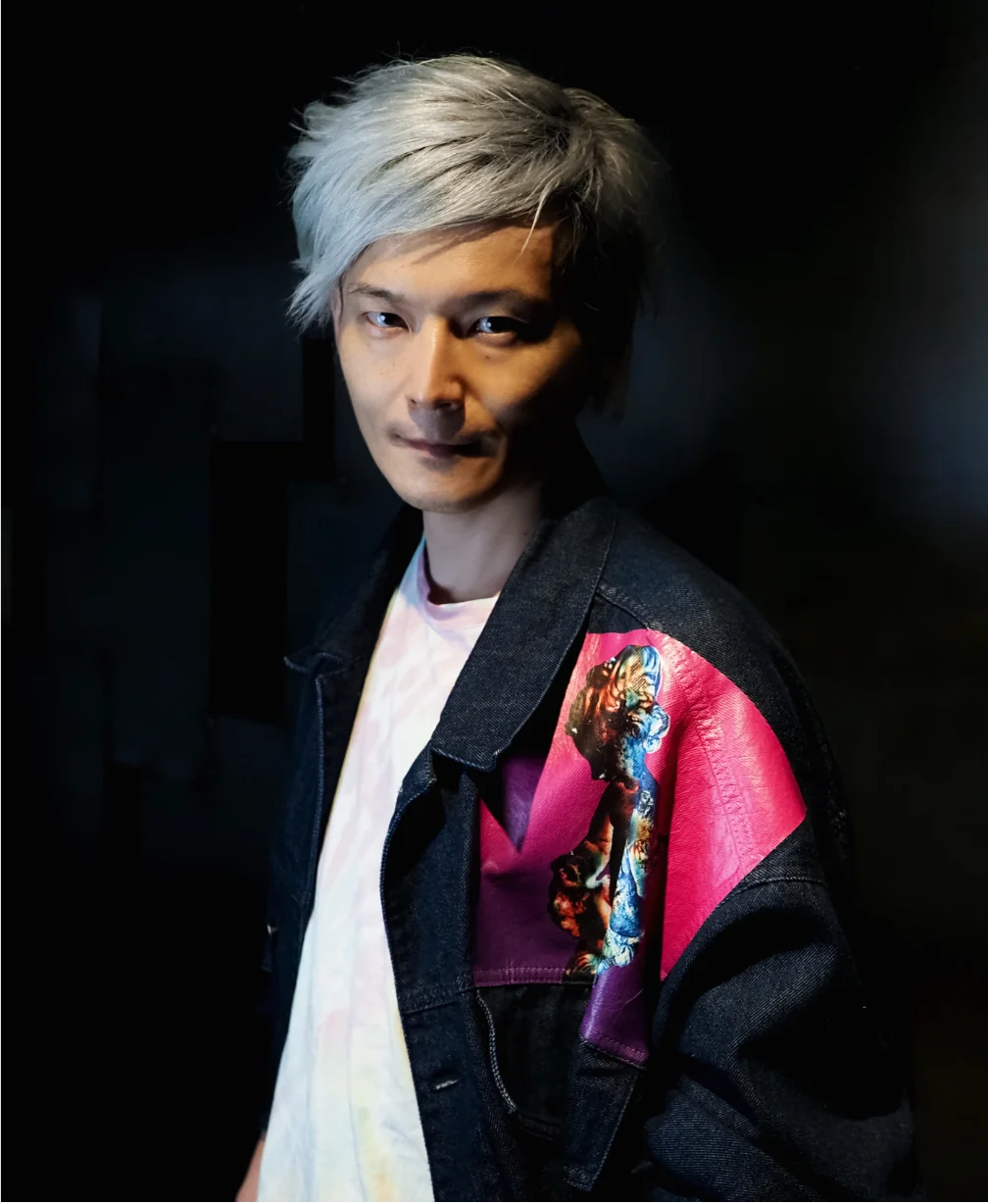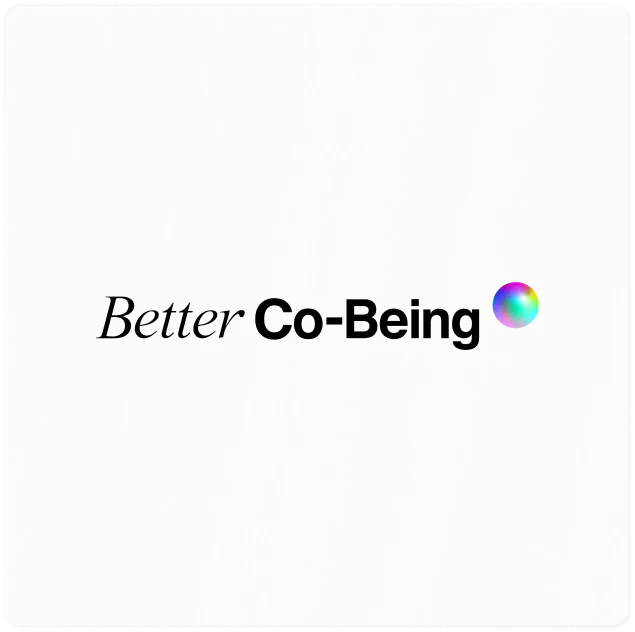
Specialises in data science, scientific methodology, and value co-creation
His research revolves around promoting social reform through utilising data science and other scientific methods to change society for the better. Is involved in a range of projects in and outside the field of medicine, such as the National Clinical Database involving 5,000 hospitals around Japan in collaboration with the medical specialist system and the nationwide COVID-related LINE surveys led by the Ministry of Health, Labour, and Welfare. One of the visions of society that Miyata has co-created is a “resonant society” characterised by vibrancy and diversity where each individual shines through experiencing that world with others.
Completed the Master’s Program at the Division of Health Sciences and Nursing, Graduate School of Medicine, University of Tokyo in 2003. Doctor (by dissertation only) of Health Sciences in the same field.
Served as an assistant at the Faculty of Human Sciences, Waseda University and assistant professor at the University of Tokyo, Healthcare Quality Assessment. Appointed as associate professor at the University of Tokyo, Healthcare Quality Assessment in April 2009 and professor at the same in April 2014 (part-time from May 2015). Has served as professor at Health Policy and Management, Keio University School of Medicine since May 2015. Appointed as visiting professor at Osaka University in December 2020.
Together, the forest of tranquility and the Better Co-Being Pavilion at the Expo 2025 Osaka, Kansai, Japan serve as a multilayered experimental stage for “resonance” between people, the wider world, and the future. We can no longer turn a blind eye to environmental crises, resource depletion, digital-era surveillance, or short-term economic excesses. Confronting these realities, the Expo attempts to demonstrate a pathway to weave digital technology, varied values, and natural ecosystems—symbolized by the forest—into harmonious resonance. By regenerating transplanted trees and glimpsing momentary rainbows through the canopy, visitors witness how collaboration with the living world can be as delicate as it is powerful.
The artworks and spatial experiences in the pavilion reveal the possibilities of new ties and resonances born in the digital age. By overlapping our voices, respecting our differences, and connecting our intentions, new paths to the future emerge. Gazing at the open sky, sharing invisible connections, we find a chance to rediscover our place in the world and rethink society’s structure. And it is these priceless moments of resonance that become the driving force for forging a better tomorrow. We hope that everyone who departs the Expo carries within them a piece of that resonance, weaving it into their daily lives and continuing to shape our collective future.
Miyata Hiroaki
Our world today stands at a crossroads between “alarming signals for the future” and “increasingly fragmented values.” Global-scale crises like climate change, brought about by mass production and consumption, expose the strains in contemporary society, urging people to change behaviors and mindsets. Meanwhile, the rapid development of digital technologies—such as global internet connectivity and generative AI—creates new possibilities for co-creation even as it exacerbates divisions through echo chambers. Amid these conflicting forces, the “forest of tranquility” at the heart of the Expo 2025 Osaka, Kansai, Japan is conceived as a site to explore how the natural and the artificial can co-exist, and how an Expo can become a forum for forging connections to the future.
In the forest of tranquility, diverse forms of life will resonate around transplanted trees that represent a living, breathing ecosystem. Rather than relying solely on artificial constructs, the Expo’s central area aims to coexist with the cycles of nature, which have evolved over vast spans of time. The forest’s regeneration, shaped by replanting trees that would otherwise perish without sufficient sunlight, symbolizes the act of reclaiming and nurturing a future. Located within the forest, the “Better Co-Being Pavilion” seeks to deepen inquiry into life and envision new forms of resonance directed toward the future.
The digital revolution, following the information revolution, has radically changed our lives through the internet, social media, and AI. Yet it has also brought forward ominous aspects such as surveillance capitalism, growing inequality driven by algorithms, and invasion of privacy. Digital technology can enhance human potential, but it can also become a tool for deepening social divides or constraining human rights. At the same time, facing these issues head-on is precisely what opens the door to the genuine value creation that digital technology can offer. The sharing of data and the visualization of diverse connections can forge new pathways linking people, societies, nature, and the future.
The Better Co-Being Pavilion aims to acknowledge these risks while redefining digital technology as a force of “resonance,” providing a foundation for value creation that leads us into the future. This “resonance” goes beyond mere visualization or information exchange: it is a process through which our actions and intentions intertwine to shape new social images. Rather than being used for surveillance or control, digital technology can empower individuals to discover diverse possibilities and co-create the future. We believe this aspiration captures the essence of the digital revolution.
Ultimately, this pavilion will not present a single, fixed vision of the future. There are diverse possibilities, and ideals differ by era and environment. Moreover, future axes will continue to evolve well beyond the 2025 Expo in Osaka. Yet there is a universal question at the heart of any era: How do we reconcile our own deeply held values with those of others, connecting with the world to move forward together? The “Resonance of Lives” theme explores this universal question and the ways digital technology could expand “resonance” toward the future. In doing so, it leverages experiences in the forest of tranquility and the Better Co-Being Pavilion.

The pavilion’s name, “Better Co-Being,” refers to a mode of “future-oriented resonance” that emerges from living together in an interconnected world. Digital technology has made such connectivity more visible; sustainability is now a powerful influence on individual actions. At the same time, digital tools can provide personalized support for each individual. “Better Co-Being” describes an approach that balances diverse forms of individual values with a sustainable future.
There are many related concepts. For instance, “becoming” could imply we are not yet “there,” carrying a nuance of negating the present, while “conviviality” focuses on shared enjoyment, which might exclude certain organisms like plants from the concept. Meanwhile, “co-existence” often implies a narrower sense of survival side by side. By contrast, “being” does not reject the present, and the prefix “co-” broadens the scope to include not only human beings but also inorganic matter, plants, and the global environment as we move forward.
Societies still face structural problems such as inequality and poverty, along with environmental destruction and resource depletion. Nonetheless, finding ways to balance diverse values while advancing into the future has become an unavoidable task. “Better Co-Being” poses the question of how we undertake that journey.